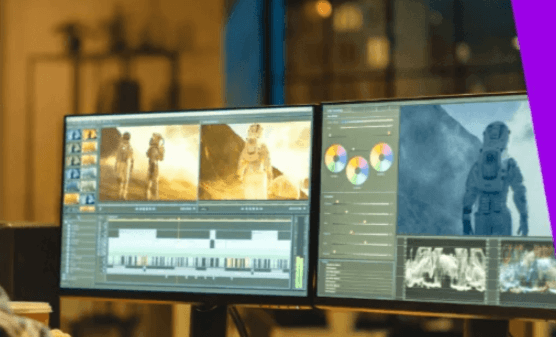Cutting Edge Video Editing Trends for 2024

As we approach 2024, the landscape of video editing is poised for significant transformation, driven by advancements in technology and evolving creative demands. Emerging trends such as AI-driven editing tools promise to enhance efficiency, while immersive virtual reality experiences are set to redefine narrative structures. Furthermore, the rise of real-time collaboration features may alter traditional workflows, fostering a more inclusive creative environment. However, the implications of these innovations on storytelling and production quality warrant closer examination, raising questions about how they will shape the future of content creation.
AI-Driven Editing Tools
The rise of AI-driven editing tools marks a transformative shift in the landscape of video production, blending automation with creative artistry.
These tools facilitate automated editing processes, allowing creators to focus on their vision while benefiting from personalized recommendations tailored to their style and content.
This synergy not only enhances efficiency but also empowers artists to explore new creative territories, redefining traditional editing paradigms.
Enhanced Virtual Reality Integration
Frequently, the integration of enhanced virtual reality (VR) in video editing is reshaping how creators approach storytelling and audience engagement.
By facilitating immersive experiences, VR enables viewers to interact with narratives in unprecedented ways.
This technology not only elevates user interaction but also encourages filmmakers to experiment with spatial storytelling, ultimately broadening the horizons of creative expression and viewer engagement in the digital age.
Real-Time Collaboration Features
Real-time collaboration features are revolutionizing the video editing landscape, allowing multiple creators to work simultaneously on projects regardless of their geographical locations.
By leveraging cloud-based editing and multi-user interfaces, teams can seamlessly share assets, provide instant feedback, and innovate collectively.
This democratization of creativity not only enhances productivity but also fosters a dynamic environment where diverse ideas flourish, empowering editors to push boundaries.
Advanced Color Grading Techniques
As collaborative efforts in video editing become more streamlined, the focus shifts toward enhancing the visual storytelling aspect through advanced color grading techniques.
Utilizing color theory, editors can craft creative palettes that evoke specific emotions and establish a cinematic look.
Mood enhancement is achieved through precise color matching, while sophisticated grading software empowers creators to manipulate hues, ensuring a compelling and immersive viewing experience.
Conclusion
As the video editing landscape evolves in 2024, these trends signify a paradigm shift in creativity and production efficiency. Embracing AI-driven tools, immersive virtual reality, real-time collaboration, and advanced color grading techniques will not only enhance the storytelling experience but also empower creators to push the envelope. In this rapidly changing environment, staying ahead of the curve is essential; those who adapt will undoubtedly reap the rewards, while others may find themselves left behind in the digital dust.







